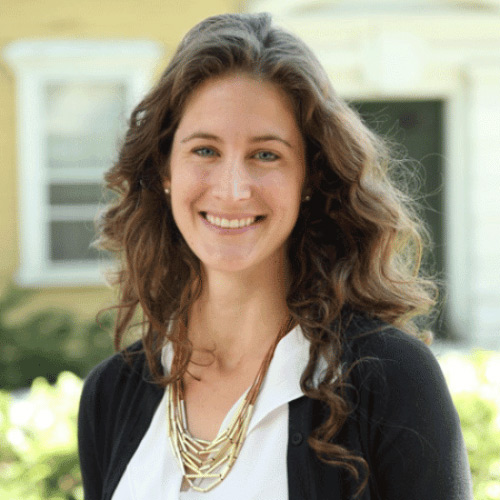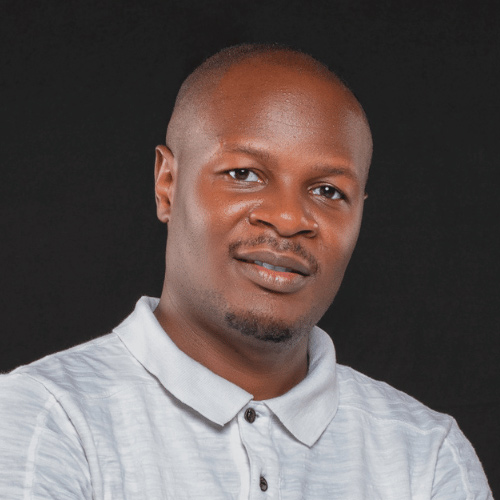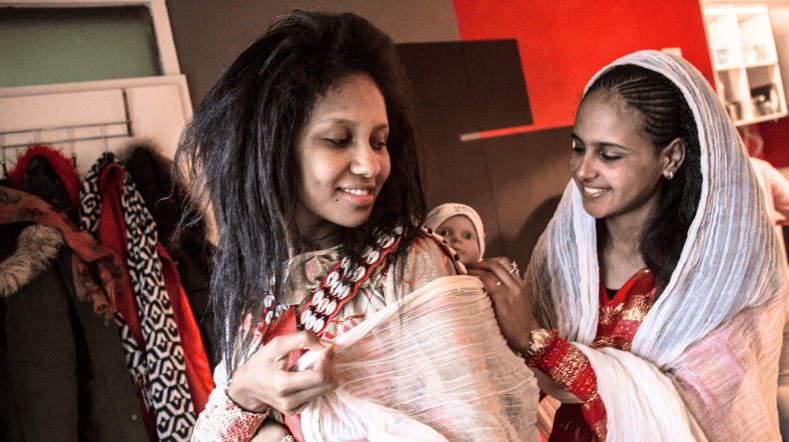
D-score in practice: simplifying the complexity of a childs development
Measuring early child development is very complex, but also vitally important. It is the way we create clear indicators of developmental delay, and how we make crucial policy decisions. The D-score enables scientists to make full use of all available data in a simple, but also conceptually and empirically rich way. We spoke to two scientists about their recent experiences with D-score, and how it helped them advance their own work.
Webinar: D-score: A unique measure of child development
What is the D-score? How does the D-score work? And what makes this development score so unique? Experts tell you everything you need to know.
Creating a global metric
Dr. Dana Charles McCoy is an Associate Professor in Human Development and Urban Education Advancement at Harvard University. Her work was instrumental in the development of CREDI: Caregiver Reported Early Development Instruments. Dana contributed her expertise to the project that resulted in the GSED: the WHO’s Global Scale for Early Development. Dana helped to design the specific, culturally sensitive milestones in cognitive ability, motor skills, language proficiency and social/emotional development that are the foundation for GSED. In turn, TNO technology turns a child’s achievement of these milestones into a universal D-score.
Coming together
‘We developed the CREDI in 2013 in response to the fact that there was really no globalised measure or data sets for child development and the risk factors that impact it,’ Dana begins. ‘Unfortunately, much of the work done on child development happens in silos, each study focusing on one particular aspect of the subject. GSED was the first time we could bring the perspectives of each of those approaches together for a more complete picture.’
The strength of simplicity
‘For me, the D-score brought the strength of simplicity,’ Dana says. ‘Having one, single, unidimensional score is so attractive for paediatricians, public health professionals and researchers alike. There are countless child development instruments, and D-score enables us to link, combine and compare all of these instruments. D-score also enables vertical equating: the tracking of development consistently over age.’
Dana’s contribution to the GSED was helping to develop the specific sets of globally applicable milestones that GSED uses. ‘We intentionally created a set of questions that covered a lot of different development areas, including the very important social and emotional development, which often is not represented in existing assessments. We also ensured that items were culturally sensitive and appropriate for use across various regions of the world, which expanded its reach.’
Benefits across boundaries
Dana says the D-score can bring much-needed support to a variety of stakeholders. ‘Often in research, we’re studying cohorts of children who span multiple age ranges or studying development from birth to school entry. D-score enables us to be more flexible about how we measure and track development, and yet gain standardised results. D-score will also soon be available to practitioners for clinical usage. In addition, governments and policymakers can track development and the effect of their policies using D-score. A unified score can help simplify and clarify results for effective tracking of global progress.’
‘Our work on GSED and with the D-score team also helped me recognise the value of simplicity in a metric,’ Dana continues. ‘Researchers can spend hours with a single child, evaluating their development. We see that we can uphold the quality of an assessment and still make it easy to use and accessible. And that is essential for putting it into practice.’

‘It was great to work with TNO. I was impressed by their technical sophistication and knowledge of child development, statistics, different psychometric approaches and methodological approaches.’
Strengthening research in Kenya
Geoffrey Olieng’o is a Clinical Research Coordinator at the Kenya Medical Research Institute (KEMRI) in Migori, Kenya. He first encountered the D-score while analysing data using MDAT summaries. He and his team were comparing data collected from healthcare workers’ assessments on neurodevelopmental impairment in young children. They used D-score to unify and standardise the data and analyse indications of delays. Their research is set to be published in a paper about early detection of these delays, and the paper cites D-score as a key metric.
‘Each assessment tool has a different sensitivity regarding age difference,’ Geoffrey says. ‘Our data studied data about children at 6, 12, and 18 months, and we wished to compare our findings with other studies. The D-score that TNO developed enabled us to compare data collected from a variety of tools. D-score can effectively translate MDAT data, so it was easy to make this comparison.’
Benefit for researchers
‘D-score’s value is that researchers can compare their tool to other tools, and modify their own approach accordingly,’ Geoffrey explains. ‘It also enables an equal comparison to uncover if other studies had similar or different findings to their own. D-score makes it easy for scientists to have one, unifying scale. Once you key in and map the data, measurements are quick and clear. D-score is convenient to use, and the data analysis system is so easy to use, even without a statistician. It’s also much quicker than other tools. D-score also covers the many parameters of childhood neurodevelopment, and the impact on physical, cognitive, social, and language development.’
‘I will continue to use D-score in my research to unify data,’ Geoffrey continues. ‘I’m very passionate about identifying neurodevelopment challenges in early stages of life. The earlier we can detect it, the sooner we can intervene and empower children to live an optimal life. D-score allows me to use different tools and identify which tools are most helpful at each stage of a child’s development.’

‘There is no single tool for assessing neurodevelopment in children. D-score enables us to use all available data, regardless of the tool used to collect it.’
About TNO
Innovation for life
We are TNO. A safer, healthier, and more sustainable life. That's what we are all about. As an independent research organisation, we are the driving force behind innovation. We make knowledge serve the common good. Since 1932, it has been our mission to give the right answers – and to ask the right questions. For the world of today and tomorrow. By combining disciplines and domains, we can tackle the most complex questions. On the road to a better life and a brighter future.
Eight things to know about the D-Score
Want to know more about D-score and the benefits it brings? Read eight things to know about D-score.
Get inspired
How TNO is improving the health of a million mothers and children


Group Care during the first 1000 days makes a difference around the world


Personalised prevention and health


Eight things to know about the D-score


I-JGZ




